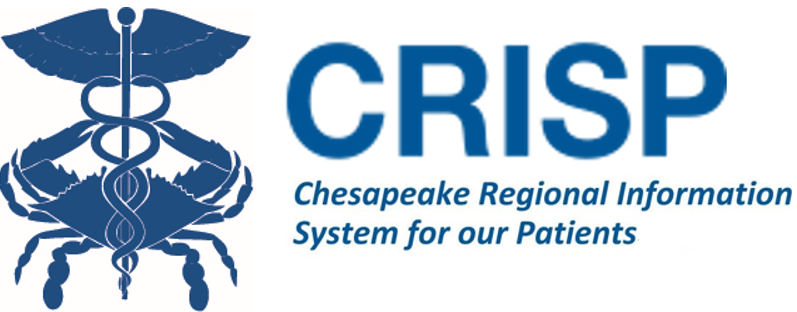The COVID-19 Vaccinations Report is designed for local health departments, hospitals, and providers to track vaccine distribution and population vaccination rates. Through the COVID-19 Vaccination report, users can monitor the percentage of the population who have received 1 dose or have completed their vaccination schedule by demographics such as age, race, ethnicity, gender, and county. Users additionally can track the number of doses administered by day and demographics and drilldown by county of patient residence or age group to monitor vaccinations in target populations. The report also provides a breakdown of vaccinations administered by organization and organization type to understand where residents are receiving vaccinations. The report can help assess equitable vaccine distribution and monitor vaccinations statewide and by county.
NOTE: These reports are CONFIDENTIAL. They are made available to healthcare providers, care managers, and public health leaders through CRISP’s cooperation with the Maryland Department of Health and other state agencies. In some cases, retroactive corrections to the underlying data occur, and reports may be revised. The MDH and Governor’s websites publish information available to the public.
The Confirmed COVID-19 Admit and Discharge Trends Dashboard allows users to understand COVID-19 hospitalizations trends for Maryland. Users can view admission and discharge trends for COVID-19 positive patients in Maryland along with the length of stay. Users also have the option to view 14 day hospitalization trends in order to understand current trends in COVID-19 hospitalizations. The report also presents a breakdown of patient demographics to better understand the population hospitalized due to COVID.
The Confirmed COVID-19 Cases report is designed for individuals working on population health and public health, who want a deeper understanding of the spread of the coronavirus throughout the state of Maryland and District of Columbia. With this dashboard, users have the ability to analyze Maryland’s and DC’s confirmed coronavirus cases by zip code, census tract, specimen collection date, and demographic variables. The dashboard features an interactive map of Maryland/DC region to drill down into the confirmed case count by zip code and census tract. This dashboard additionally includes information regarding COVID related fatalities in Maryland with views around demographics and date of death. Please note that the number of cases reported for Maryland are for Maryland residents only and cases reported to the Maryland Department of Health (MDH), while the District of Columbia data are cases reported to DC Health.
To support hospitals in preparation for volume changes related to COVID19, CRISP has developed and released a tableau report comparing historical hospital volume to the current volume. This report presents the percent change in volume of inpatient (IP) admissions and emergency department (ED) visits for Maryland, District of Columbia (DC) and individual hospitals. In Maryland, data is based of Case Mix data submitted to the Health Services Cost Review Commission (HSCRC) and admissions, discharge, and transfer (ADT) data for the most recent weeks. In DC, the data is solely based of ADT data from hospitals. These volume counts reported through ADT feeds are imprecise for reasons such as differences in how feeds are implemented among hospitals.
The MIEMSS Facility Resources Emergency Database (FRED) Hospital Capacity Dashboard shows key hospital capacity metrics, such as ICU and acute care bed availability, ventilator availability, and hospitalized COVID19 patients. In addition, trending views allows users to view bed availability and ventilator availability over time to understand surge capacity needs.
The COVID Summary Dashboard is designed for individuals working on public health, who want a deeper understanding of COVID-19’s impact and spread throughout the state of Maryland. It allows users to view trends over time to understand how the pandemic has evolved. It can answer questions like how do testing rates differ by race and ethnicity and how has this changed across time? What age group has the highest confirmed case rate and how has that changed across time?
This report allows users to view trends for multiple measures, broken out by different demographics. For example, users can compare tests/100,000 residents across age groups over time to look at changes in testing rates. The report can display counts, percent total, or population-adjusted measures. The lines can show confirmed COVID-19 cases, positive or all tests, or admissions. These lines can also be broken out by age, gender, race, ethnicity, region, and county to allow for comparison of trends over time across groups. Filters for age, gender, race, ethnicity, region, and county allow users to focus their search.

